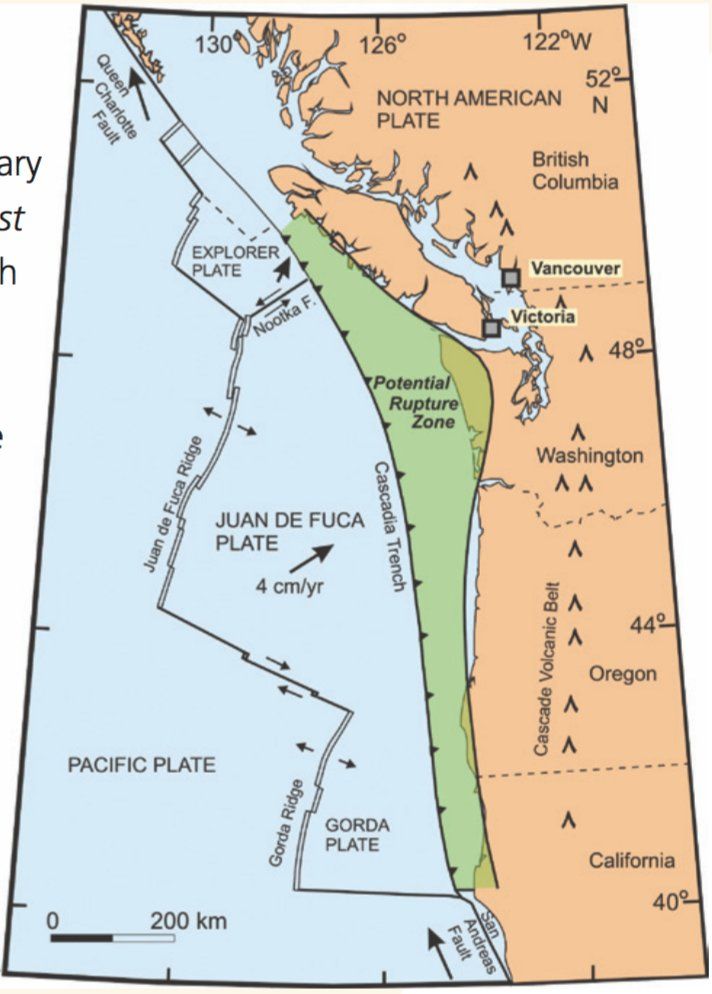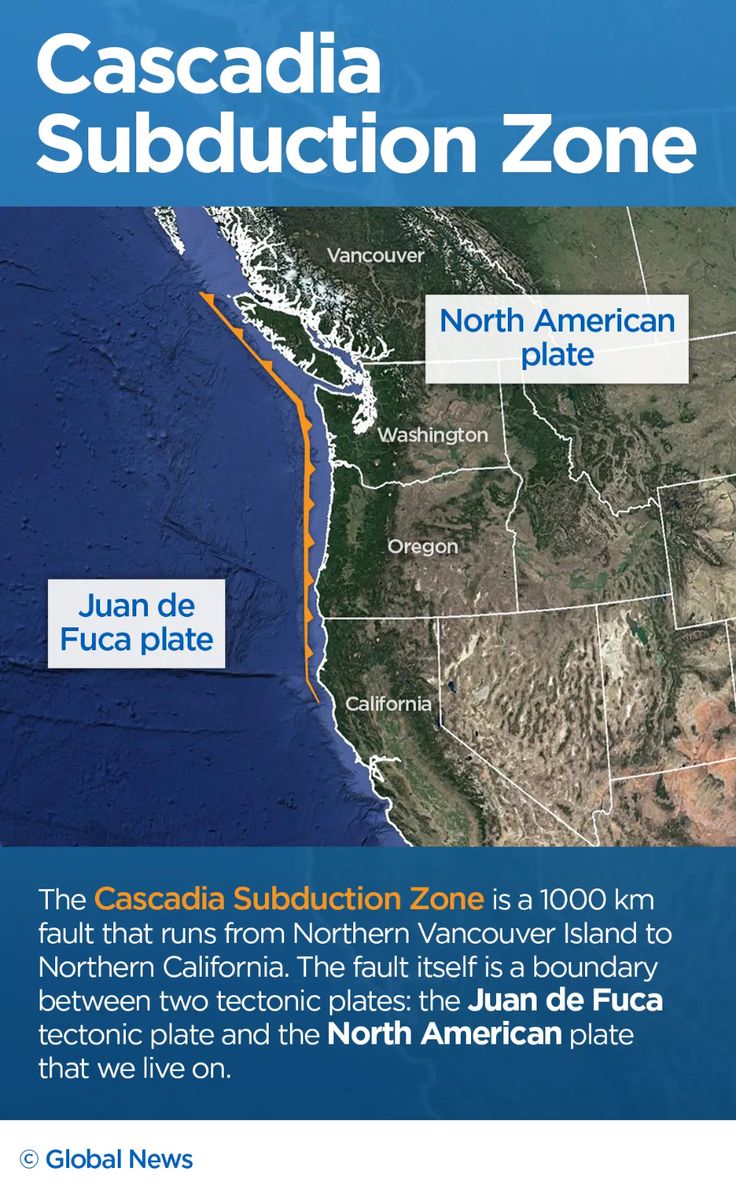


Three years of data revealed that the mantle under the Juan de Fuca Plate is flowing eastward, in the same direction as the plate. “The offshore environment is much simpler, the plates are thinner and more uniform than continental plates and we can see through them to get a better sense of what is going on beneath,” Allen says. Previous experiments have relied on onshore seismic instruments to peek at the mantle, but deploying instruments directly on the seafloor presents a clearer picture. The goal of the Cascadia Initiative “is to understand large-scale plate tectonic processes in order to link them all the way down to specific earthquakes in the Pacific Northwest,” says Richard Allen, a seismologist at the University of California at Berkeley and lead author of a new study in Nature Geoscience The instruments span the entire 500-kilometer-wide plate, providing the most detailed look yet at interactions between the plate and underlying mantle. Since 2012, the University of Oregon-led Cascadia Initiative has deployed seafloor seismometers at 120 sites across the Juan de Fuca Plate, which dives under the North American Plate off the coast of Washington state, forming part of the CSZ. Now, a new effort to map the fault zone’s tectonic environment, including the underlying mantle, is shedding light on some of the dynamic forces that may influence earthquakes in the region. Eerily quiet since a massive magnitude-9 event in 1700, scientists have long warned that the 1,000-kilometer-long fault zone could produce another devastating earthquake and tsunami. The Cascadia Subduction Zone (CSZ), off the Pacific Northwest coast of the United States and Canada, is one of the world’s most mysterious - and potentially dangerous - earthquake zones. A new study using seafloor seismic instruments has revealed more information about the complex and dangerous Cascadia Subduction Zone.


 0 kommentar(er)
0 kommentar(er)
